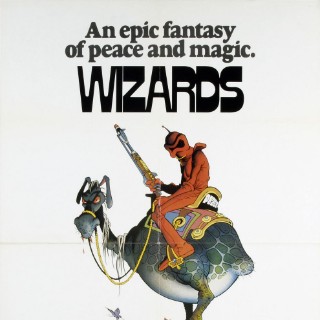I am having a game published and it is currently on pre-order. It is call Obsidian Empires and focuses on warfare in Pre-Columbian Mesoamerica. As many of you in this group are aware, Wargames Atlantic makes both an Aztec and Conquistador box set that are perfect for the game. Please click on the link below and if you are interested then order either an electronic or physical copy. Book is set for release in February 2023
https://militaryminiaturepress.com/product/obsidian-empires-warfare-in-pre-columbian-mesoamerica/
@Latin Gandalf Sounds cool. I followed the link on Facebook. I am interested but I guess it will depend on if I can get any of my gaming friends interested. I have been looking for an excuse to collect some of Paymaster's minis for a while.
@William Redford
I know it's tough to get friends into a new game. Many times, it helps if you already have two or more armies ready to play for them to use. Luckily the plastic kit put out by Wargames Atlantic makes it more affordable to build armies.
How many unit armies is the game designed for?
The so called "Flower Wars" were more a religious/political affair than a simple conquest, their principal means weren't only to grab your enemies' lands/resources, but more to catch prisoners to sacrifice to the gods. This kind of warfare had existed for centuries before spaniards' arrival, so whoever says that these peoples were "peaceful" before early 16th century is deliberately wrong.
@Nickolas Diaz I consider it a large skirmish game so about 6-8 units perside and around 30-50 models. In the initial book there are 5 armies (Aztec, Purepecha, Huastec, Tlaxcalla, and Spanish) but more armies will be added through the website www.obidianempires.net or. hopefully, a followup book
@Alessio De Carolis Yeah, that was my original title but it seemed to obvious and misleading. There are currently some that question the Aztec's definition of Flower Wars and think it may have been an excuse the Aztecs gaave as to why they haven't yet conquered the Tlaxcallans or Huastecs when the Spansish had arrived











